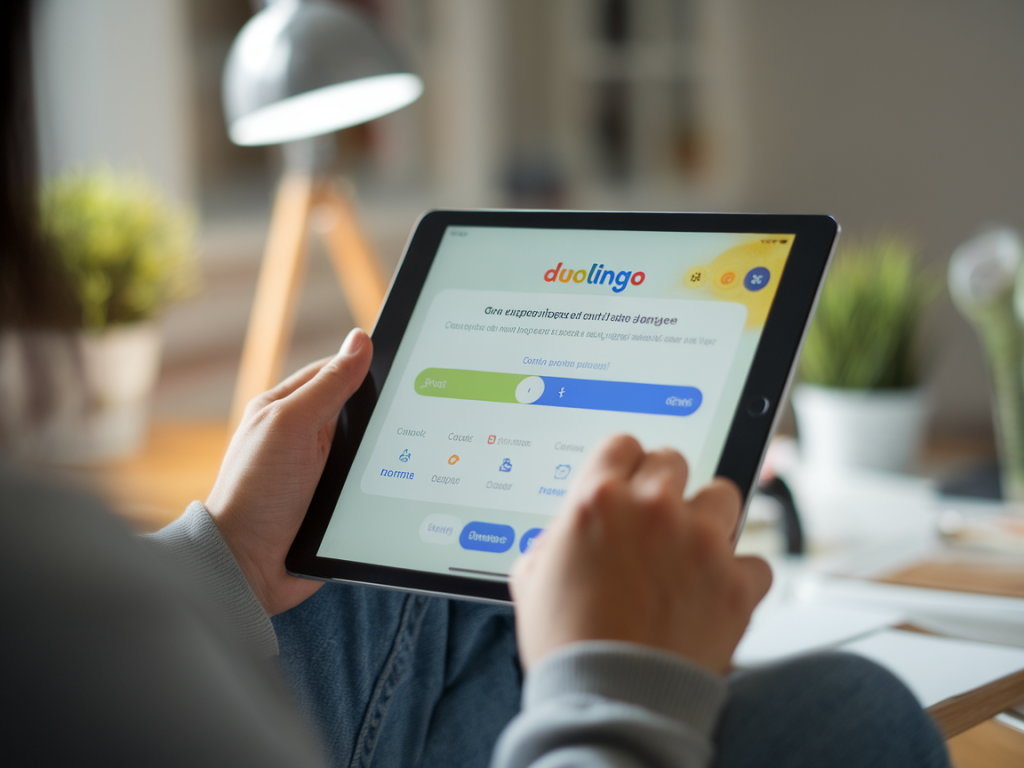
Gamification is a buzzword we hear a lot—especially in the world of apps and mobile games. But what if I told you that the same strategies Duolingo uses to keep users hooked on learning Spanish could be applied to something as "unsexy" as email marketing? Yes, I'm talking about your open rates, click-throughs, and those conversion numbers that never quite hit the mark. I’ve been studying Duolingo’s addictively engaging system, and there’s so much we can—and should—borrow from it.
In today’s article, I want to break down how marketers can take inspiration from Duolingo’s gamification approach to completely rethink the way they plan, create, and execute email campaigns. Whether you're a startup founder juggling a dozen tools, or a seasoned marketer hunting for that next big performance boost, trust me—this is worth your attention.
What Makes Duolingo So Addictive?
I admit it: I downloaded Duolingo “just to try it” and ended up setting three daily reminders on my phone. Why?
- Daily streaks that make you feel proud and accountable
- XP points for every completed lesson
- Levels and leaderboards that spark just enough competitiveness
- Instant feedback that keeps you engaged and aware of progress
- Visual storytelling with mascots and animations to build emotional connection
These are not random design choices. They are deliberate triggers grounded in psychology—especially the proven power of reward-based learning, micro-engagement, and habit-forming patterns. Now imagine bringing that into your email marketing strategy. Exciting, right?
What Email Marketers Can Learn from Gamification
I’ve worked with brands across tech, e-commerce, and even B2B SaaS. And time and again, marketers underestimate the potential of using game mechanics in email. Engagement isn’t just about pretty templates—it’s about interactive journeys.
So, how do we blend Duolingo’s gamification DNA into our email campaigns? Here's what I recommend based on real use cases I've tested, and industry research:
Make Your Subscribers Feel Like They're Playing, Not Reading
Your subscribers aren’t looking for another promotional message. They want to feel excited, challenged, and rewarded. Instead of sending a flat newsletter labeled “Monthly Update,” what if your email opened with something like:
“You’ve just unlocked Level 2 of our Summer Marketing Quest—New Tips Inside!”
Or how about this subject line:
“???? You’re only 5 XP away from becoming a Content Champion—Open to Claim Your Badge!”
These types of game-like experiences turn passive reading into emotionally charged action. Emotional engagement drives performance—it really is that simple.
Create Progress-Based Email Sequences
One of Duolingo’s biggest psychological hooks is the idea of progress. When I apply this to email campaigns, I build tiered sequences based on user behavior and milestones. Here's a structure I recommend:
| Stage | Email Focus | Gamification Element |
|---|---|---|
| Welcome | Introduce the program, explain the XP system | Onboarding + First Badge |
| Engagement Boost | Send challenges, quizzes, or product “missions” | Points + Micro-Rewards |
| Re-engagement | “Your streak is broken—Win it back!” | Progress Recovery + Time-sensitive Offers |
| Loyalty Capstone | Celebrate user milestones or purchases | Badges + Leaderboards |
By building your funnel this way, users emotionally invest in the journey—not just your content, but their progress through it.
Use Challenges to Encourage Clicks
One experiment I ran with a lifestyle brand involved a weekly “Inbox Challenge” email. Subscribers would receive a challenge—like finding a personalized product or completing a form—embedded within the email. The reward? Early access to a new product line.
The result? A 31% uplift in click-through rates and a 12% increase in session duration on the website.
Loyal users started expecting these weekly “quests” and told us they genuinely looked forward to them. What we learned is clear: a game-like objective turns a call-to-action into a mini-adventure.
Incentivize Completion Over Open Rates
We often chase open rates like they’re the holy grail. But what if the goal was completion of an email series or interaction? What if users could “level up” after consuming three educational emails or exploring a product demo?
This strategy isn’t fantasy—it’s how educational firms like Coursera and SaaS platforms like Notion retain users. If you’re running a product-focused onboarding series, frame every email as a "lesson" that earns the reader progress toward mastery—or exclusive perks.
You can even incorporate a simple progress bar in your email designs using visuals or emojis:
???? Email 1 – ✅
???? Email 2 – ✅
???? Email 3 – ????
????Reward: 15% Discount Code
That tiny visual signal of progress encourages users to stay engaged. We're wired to finish what we start—it’s the psychology of completion bias at work.
Celebrate Personal Bests and Streaks
Duolingo sends push notifications like “???? You’re on a 7-day streak—keep going!” and the same approach can live inside your emails.
For example:
- “You’ve shopped three months in a row—next purchase earns you a surprise gift!”
- "You've opened 9 emails in our Explore Series—complete #10 to unlock expert-level insights."
This tactic works especially well in e-commerce, newsletters, and educational emails. It not only builds habit loops but also makes the reader feel seen and appreciated.
Tools That Can Help You Add Gamification to Email
I know you’re probably thinking, “This sounds cool, Élise—but I’m not a developer!” Don’t worry. The good news is there are tools that can help introduce gamified elements without code:
- Stripo: Build HTML emails with animations, gamified templates, and interactive elements.
- Mailmodo: Use AMP for interactive email experiences like polls, spin wheels, or quizzes.
- Klaviyo & ActiveCampaign: Automate milestone-based flows that correspond to behavioral triggers.
- Gleam.io: Run email-based challenges and reward users for engagement actions.
Implementing even one of these ideas can give your emails that “Duolingo effect”—where people stay subscribed not out of obligation, but because they’re genuinely excited to engage with your content.
As marketers, we often think in terms of funnels and numbers. But real engagement comes from tapping into human motivation. That’s what Duolingo got so right—and what we, as marketers, can recreate one meaningful campaign at a time.

